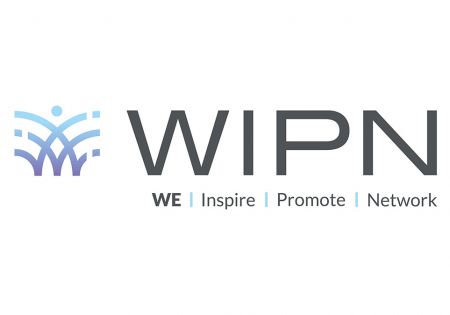For more stories like this, sign up for the PLANADVISERdash daily newsletter.
401(k)s and Home Equity Make Up Most Retirement Savings
Retirement investments such as 401(k)s and individual retirement accounts (IRA)s as well as home equity account for nearly half of all assets American families depend on for retirement outside of Social Security benefits, according to new research by the Employee Benefit Research Institute (EBRI).
Moreover, families without such accounts typically have low asset levels, EBRI reports. According to the research, among working heads of families between the ages of 25 and 64 who don’t have a retirement account, 79.6% have financial assets less than $10,000. Only 13.1% of those with one have these kinds of asset levels.
These accounts are also more popular among older workers. EBRI finds that the percentage of heads of households between the ages of 25 and 34 that have retirement accounts is 50.4%. That figure grows to 71.4% for those families with a head ages 55 to 64.
Debt levels are sharply lower for those with individual accounts: For all families with working heads ages 25 to 64, the median debt-to-asset ratio is 33.4%. However, for families with working heads ages 55 to 64, the median debt-to-asset ratio is 13.4% for families with “individual account” (IA) assets compared with 34.2% for families without IA assets.
One-half of all of all families that have IA assets plus home equity rely on these for more than 78.2% of their retirement savings outside Social Security.
“The data show that it is overwhelmingly the case that individual account retirement plan assets plus home equity represent almost all of what families have to use for retirement expenses outside of Social Security and traditional pensions,” says Craig Copeland, senior research associate at EBRI and author of the report. “Those families without IA assets typically have very low overall assets, so they have almost nothing to draw from for retirement expenses (outside of Social Security).”
The data comes from the Federal Reserve’s Survey of Consumer Finances (SCF). The full report, “Importance of Individual Account Retirement Plans and Home Equity in Family Total Wealth,” is published in the May 16, 2017, EBRI Notes, available online at www.ebri.org
You Might Also Like:
Itzoe Launches Getre(k)ruited.com Industry Networking Platform
